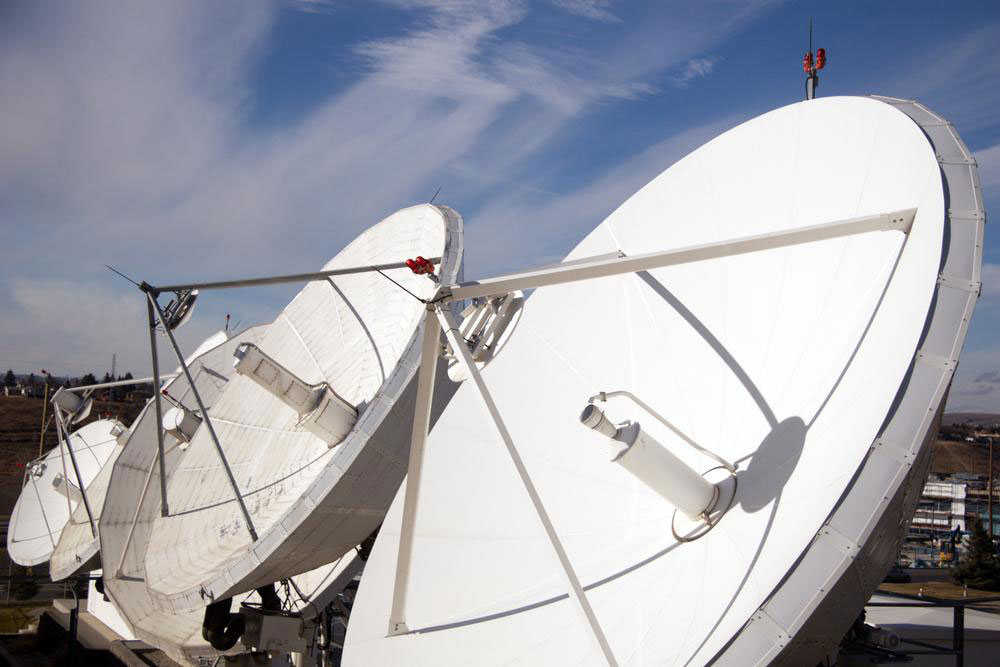Comprehensive Guide to Satellite Internet Connectivity
Discover the essentials of satellite internet, including how it works, its advantages for rural areas, limitations, costs, and what influences service quality. Ideal for remote connectivity and travelers, satellite internet bridges the gap where traditional options are unavailable, despite some drawbacks like higher costs and weather sensitivity.

Comprehensive Guide to Satellite Internet Connectivity
Everything You Should Know About Satellite Internet Services
Satellite Internet providers are companies that supply internet access via satellite signals. Currently, only four main providers operate nationwide, which raises questions about the limited competition and why satellite internet isn’t as prevalent as cable or fiber options.
Below is essential information to understand how satellite internet works and what the key providers offer.
Is Satellite Internet Worth Considering?
In cities with extensive fiber, cable, and DSL networks, satellite internet may not be the optimal choice.
However, it remains an excellent alternative where traditional broadband isn’t available, especially in rural areas.
While not the cheapest, satellite internet provides impressive speeds. The FCC reports that about 90% of users often experience speeds exceeding 140% of their paid plan during peak times.
Its extensive coverage makes satellite internet a practical option for remote locations.
For travelers and remote workers relying heavily on connectivity, satellite internet ensures consistent access regardless of location.
Why Are Satellite Internet Choices Limited?
Market consolidation and mergers among tech firms have narrowed the options available to consumers.
Launching and maintaining satellites involve significant costs, limiting the number of companies capable of providing these services.
Despite these challenges, satellite internet remains vital for rural communities, bridging the digital divide.
Is Satellite Internet Expensive?
The high costs stem from technical and infrastructural requirements, including satellite launch and maintenance.
Only a few companies can afford to operate and sustain satellite networks, leading to increased prices for consumers.
What Speeds Can Be Expected?
Data transmission involves signals traveling from Earth to space and back, which can slow speeds.
Viasat offers speeds from 12 to 100 Mbps based on plans, while HughesNet provides around 25 Mbps.
Compared to wired options, satellite internet generally offers slower, less reliable speeds.
Does Weather Impact Service Quality?
A clear line of sight between the dish and satellite is crucial, which can be problematic in mountainous or obstructed areas.
Weather phenomena such as rain and snow can disrupt signals and degrade connection quality.
In northern regions, unobstructed views of the southern sky are necessary for optimal performance.
How Does Satellite Internet Work?
Data is transmitted from servers to a communication satellite via a ground station. The satellite then relays data to a dish installed at the user's location. This dish communicates with the satellite (about 22,000 miles above Earth) to send and receive data, completing one cycle of internet transfer. The main components include:
A satellite dish at the user's premises
A modem
An orbiting satellite for data relay
Satellites that stay fixed in position relative to Earth's rotation for uninterrupted service










